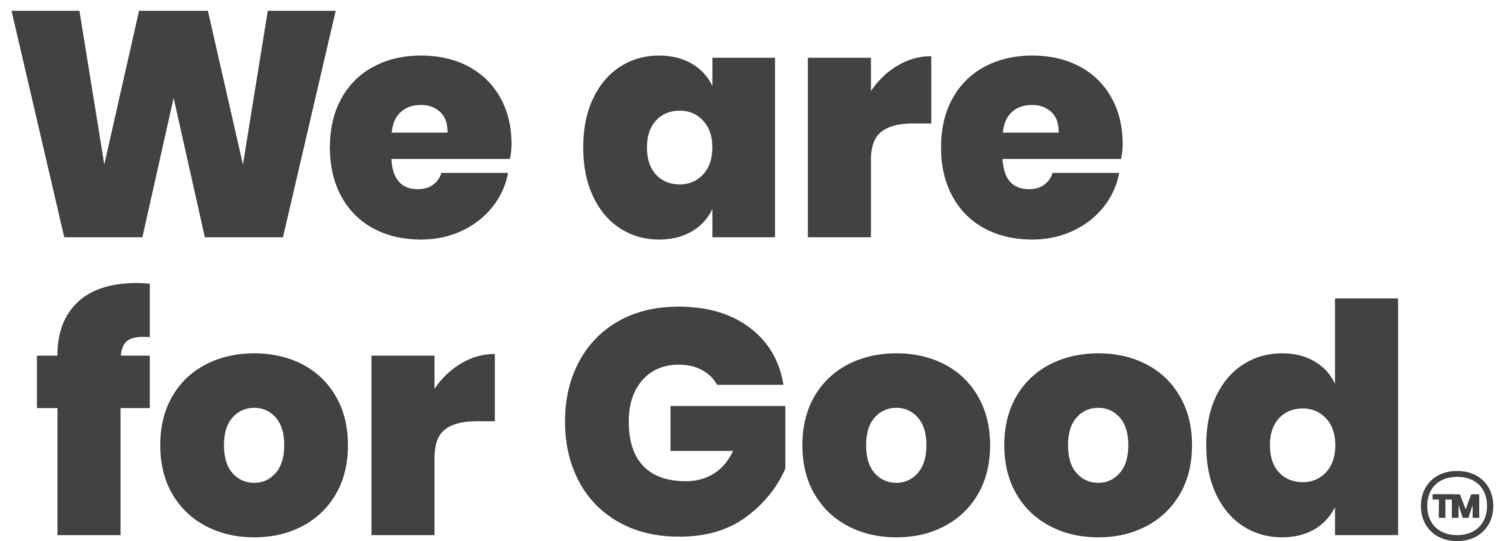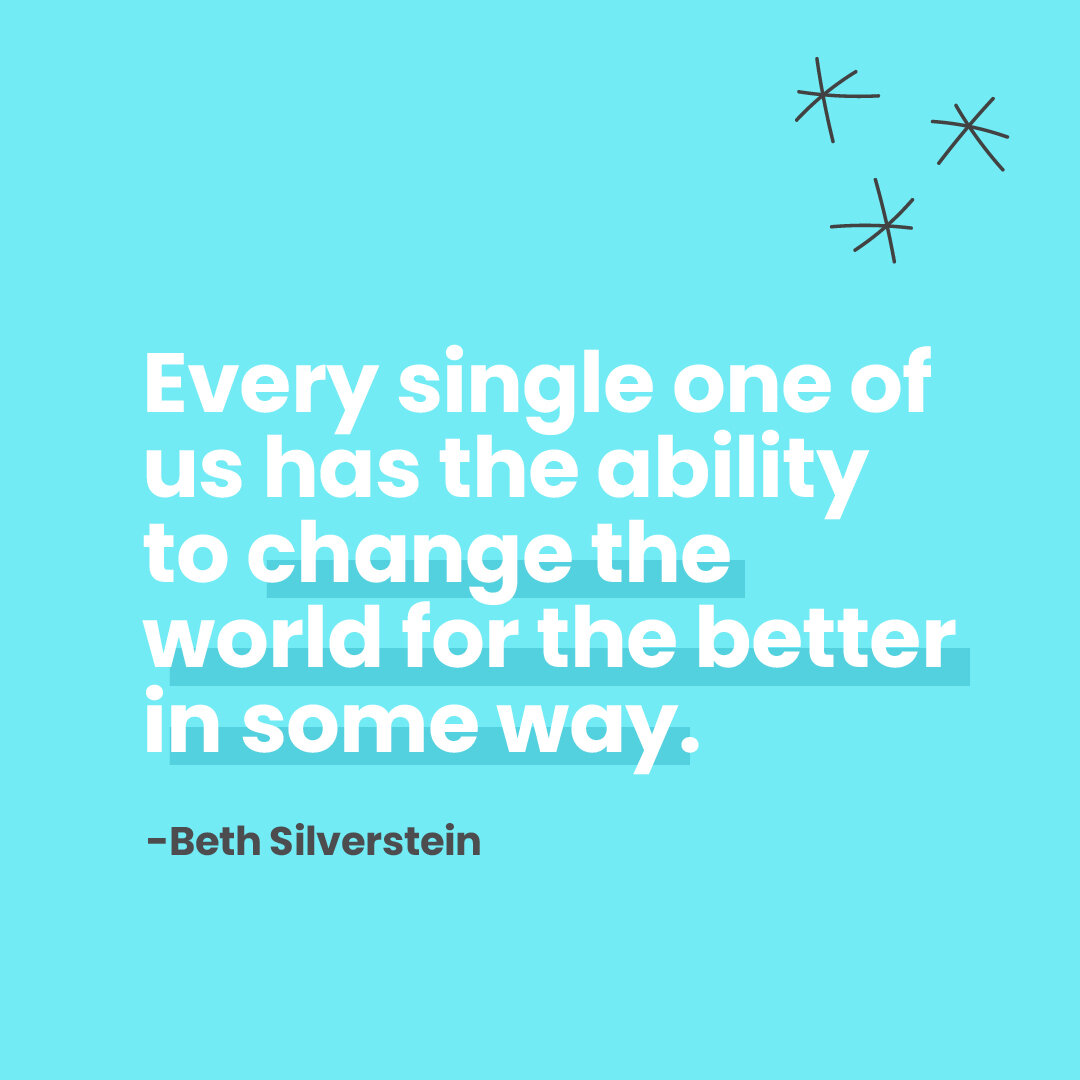79. The Real Truth about Campaign Feasibility Studies - Beth Silverstein
Listen to this episode
Overview
Meet Beth. She knows the textbook approach to conducting campaign feasibility studies of old. But in this conversation she challenges us to throw the old playbook, because our campaigns deserve our fresh eyes and creative minds to improve this planning process. Beth has reimagined the typical feasibility study by not just trying to predict future investments, she's leveraging storytelling in these meetings too (yippee!) to create a more inclusive and collaborative process that pays dividends. We'll break it down in easy steps, so don't miss this convo.
Today’s Guest
Beth Silverstein, Founder, Silverstein Funding Solutions
“We have it all in our heads, we know the case for support, and we just want to go pitch it. This concept forces us as development professionals to just sit. Until we have heard from our donor, we don’t really know what to pitch.”
Episode Highlights
Beth’s story and journey to the nonprofit world (3:00)
The importance of inspired thinking in the nonprofit world (6:00)
Feasibility studies: what are they and how can we disrupt the way they’ve always been done? (8:00)
We should be having these conversations all the time, not just during large campaigns (11:30)
Advice for how to conduct interviews during a feasibility study and examples of questions to ask (14:00)
Using some of these strategies to connect more deeply with donors - especially throughout COVID-19 (20:00)
Suggested questions to ask to get to the heart of your donor (21:00)
Get to the WHY behind your donor. Why are they in the room with you? What connects their heart to your mission? (22:00)
The 4 steps of a feasibility study (25:00)
How to do this successfully virtually and what Beth has learned while implementing this throughout COVID-19 (28:00)
The concept of anonymity and the power of sharing about generosity (31:00)
Transparency is everything. Donors give when they feel as though an organization is worthy (33:00)
The conversations during feasibility studies become your road map (36:00)
A powerful moment of philanthropy in Beth’s life (38:00)
Beth’s One Good Thing: You have to have a big, bold, audacious, unapologetic vision. Tell your story in a way that is inspired and impactful. There isn’t a donor on the planet that wants to give to an “ok” vision. You will never be apologetic in asking for the big gift
Powerful Quotes:
“I have been trying to get the organizations that I’ve been engaged with to have inspired thinking. Every single one of us has the ability to change the world for the better in some way.” -Beth
“Why are we only using this as a campaign strategy?” -Beth
“A feasibility study really is more of a planning study. You can call it all kinds of things. The action steps are the same.” -Beth
“They essentially are very concentrated focus groups. This should not be something that is behind closed doors. We need to know our donors entirely.” -Becky
“When you think about the talent of the people we are interviewing, what they bring to the table is so much more than their dollars. As much knowledge you can get is tremendous, and a lot of it comes out during these conversations.” -Beth
“Ask what their connection to the organization is. What piece of their heart does this organization hold?” -Beth
“Philanthropy is different than business as usual.” -Jon
“It is about story and personal connection, that is your money question. I would filter every layer of the campaign based on their answer. If we know their heart and connection to our mission, we immediately understand how plugged in they need to be.” -Becky
“We have it all in our heads, we know the case for support, and we just want to go pitch it. This concept forces us as development professionals to just sit. Until we have really heard from our donor, we don’t truly know what to pitch. Every campaign has multiple aspects to it. You have to know the heart of your donor so you can connect them to the correct one.” -Beth
“I will always opt for in person meetings. You will never be able to replace it. People do still talk to you virtually.” -Beth
“It may be easier to get meetings in the future following this pandemic. Sometimes it is hard to get these meetings.” -Beth
“There are compelling reasons why you should keep an interview private, but the end of the day, we can’t use that information. It no longer becomes helpful.” -Beth
“I think of philanthropy as an investment. Non-profits are really for-profit companies with really great causes. If we were working with an investor, it would just be an investment and they would expect an outcome.” -Beth
“A donor invests in you and they expect a return on their investment, which is an outcome. If you don’t have all the information, how do you really get to that outcome?” -Beth
“Transparency is everything. Donors give when they feel as though an organization is worthy.” -Beth
“We have to respect not everyone is this way. Generationally, some people don’t talk about money. Millennials and Gen-Z is turning this on its head. They are so open about their giving, they invite their friends along, they crowdfund, and they share their stories. It is a different way of looking at philanthropy.” -Becky
“We’re not going to blanket the philanthropy community, we are going to target our giving to people who want to be asked.” -Beth
“Deepen the engagement with your donor in smart, orderly fashion.” -Beth
“Philanthropy is worth the risk.” -Becky
“Tell your story in a way that is inspired and impactful. There isn’t a donor on the planet that wants to give to an “ok” vision. You will never be apologetic in asking for the big gift.” -Beth
4 Key Steps of Prepping for Feasibility Studies
1. Make a list
This is a list of your top donor prospects. Make sure you include people within your pipeline, not just your top few donors you always steward and know well. Who has been giving to you for years? Look for consistent giving and do a deep dive analysis of your donor base. Everyone needs some sort of wealth screening tool to assist you.
2. Do a combination of donor interviews and focus groups
You need key stakeholders involved in the feasibility process. Look at your board and other community members. Utilize focus groups. Do a combination of donor interviews and focus groups. The total is determined based on the overall size of your donor base and campaign.
3. Prioritize your list
Once you have done an analysis of your donor base and key stakeholders and created a list, you need to prioritize it. Who are the individuals you must talk to, and who is it OK if it is hard to land a meeting?
4. Decide who is the best contact to reach out to each person
You need to contact them in the best way that THEY want to be contacted. How can you get them on the calendar? Assign the appropriate staff to accompany a consultant. Don’t use volunteers to assist with interviews, only staff.
Connect with Beth
Watch this episode
Share this episode
Jonathan McCoy, CFRE, Beth Silverstein, Julie Confer and Becky Endicott, CFRE






